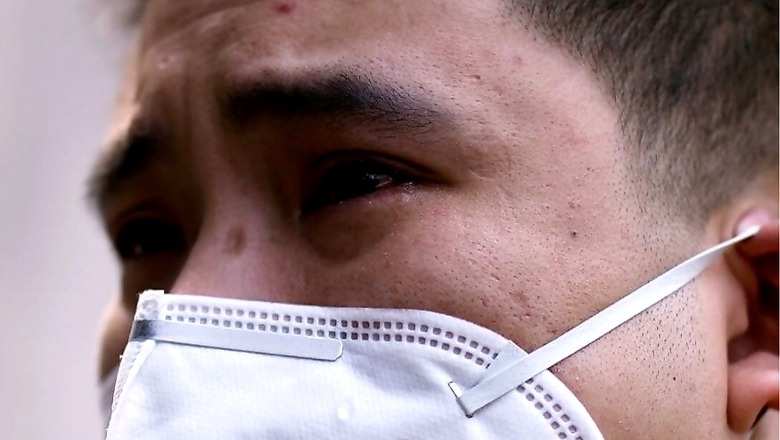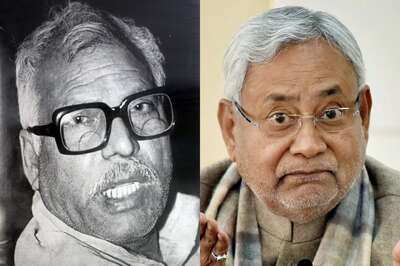
views
With the novel coronavirus claiming lives of more than 80,000 people globally, rumours and misinformation, too, have continued to spread unabated.
Close to 60% of the misinformation about the Covid-19 pandemic that has been rated as false by fact-checkers remains up on Twitter, a study published by Reuters Institute for the Study of Journalism revealed.
On Facebook, 24% remains up, while on YouTube, 27% of false-rated content stays up without warning labels, the study said.
The study analysed a sample of 225 pieces of misinformation rated false or misleading by fact-checkers and published in English between January and the end of March 2020.
It found that though social media platforms have taken measures to contain the spread of misinformation pertaining to the Covid-19 pandemic, they have not responded to all disinformation identified by fact-checkers.
“While 59% of false posts remain active on Twitter with no direct warning label, the number is 27% for YouTube and 24% for Facebook, the study said.
The study also termed as important, the decision by social media companies in late March to remove posts shared by Brazilian President Jair Bolsonaro.
“…Because they included coronavirus misinformation and was in our view an important moment in how platform companies handle the problem that a lot of misinformation comes from the top,” the study noted.
The study also found that the most widely circulated misinformation was related to the actions of public authorities, including government and international bodies like the World Health Organisation (WHO) or United Nations (UN).
“While the prominence of these topics may be a function of being easier for fact-checkers to validate, they could also indicate that governments have not always succeeded in providing clear, useful, and trusted information to address pressing public questions,” the study said.
Researchers, while identifying the sources, found that false information from prominent public figures, like politicians and celebrities accounted for just 20% of the claims, but received 69% of the total social media engagement.
Though the majority of misinformation on social media came from ordinary people, most of those posts generated far less engagement, the study said.
“While some of these instances involve content posted on social media, 36% of top-down misinformation also includes politicians speaking publicly or to the media,” the study said.
The format of the majority of the misinformation – a staggering 59% – comprises a reconfiguration or spinning of existing and often true information. Only 38% of the misinformation was completely fabricated, the study found.
With respect to the scale, the report said, independent fact-checkers have moved swiftly to respond to the increasing amount of misinformation surrounding the Covid-19 pandemic.
“The number of English-language fact-checks rose more than 900% from January to March,” the study added.




















Comments
0 comment